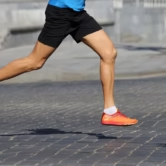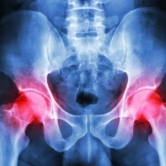Ready to Gain More Energy and Say Goodbye to Pain?
Better Your Health with These 5 Tips! If you have recently been dealing with pain and are searching for lasting relief, our physiotherapists are here for you. With a personalized physiotherapy plan, you can discover highly efficient ways to treat your pain and improve your overall energy levels. Our physiotherapists…




